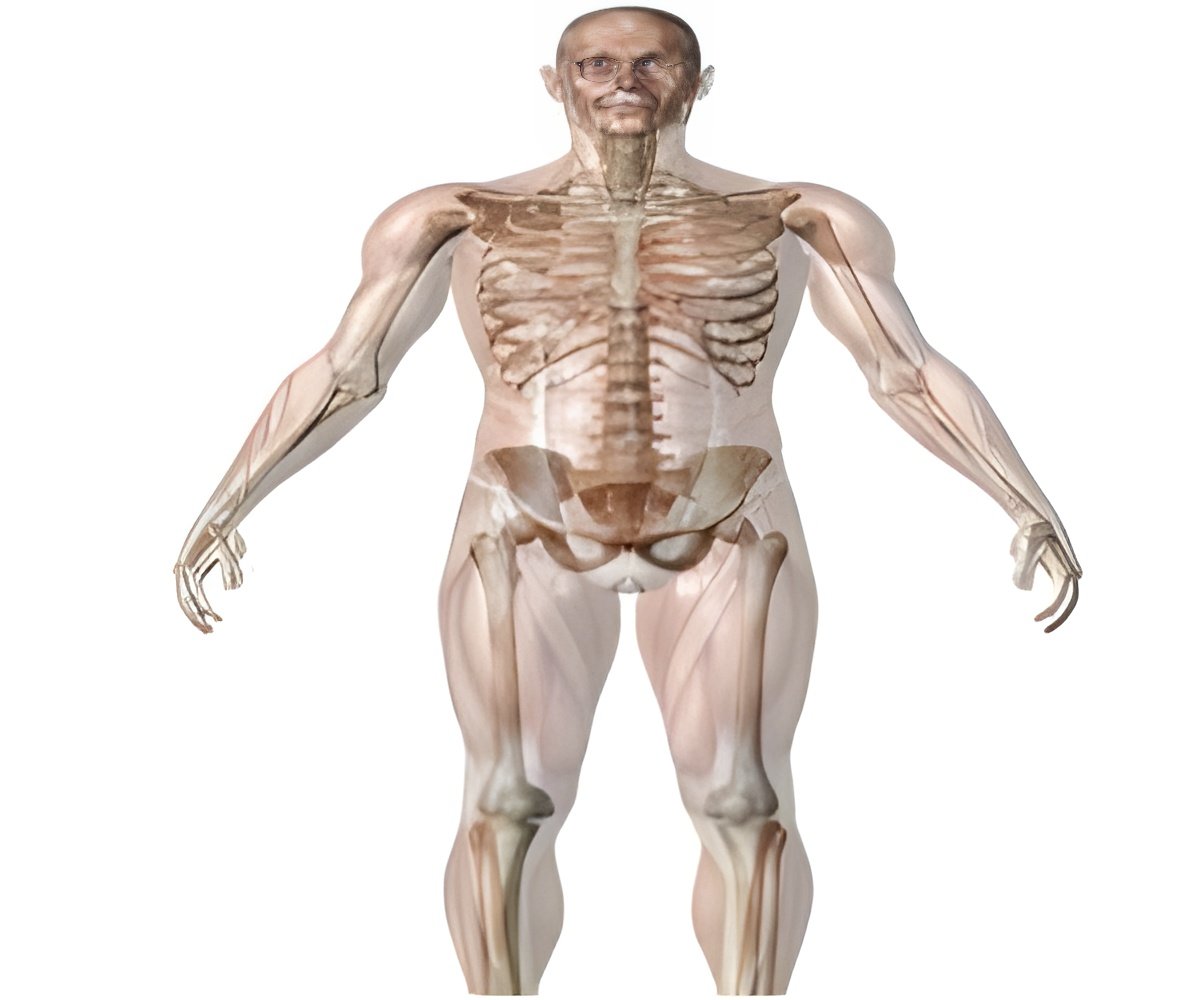
However, graphene is extremely difficult to handle in that it easily "crumples." Unfortunately, scientists have been unable to control the crumpling and unfolding of large-area graphene to take advantage of its properties.
Duke engineer Xuanhe Zhao, assistant professor in Duke's Pratt School of Engineering, likens the challenge of controlling graphene to the difference between unfolding paper and wet tissue.
"If you crumpled up normal paper, you can pretty easily flatten it out. However, graphene is more like wet tissue paper. It is extremely thin and sticky and difficult to unfold once crumpled. We have developed a method to solve this problem and control the crumpling and unfolding of large-area graphene films," Zhao said.
The Duke engineers attached the graphene to a rubber film that had been pre-stretched to many times its original size. Once the rubber film was relaxed, parts of the graphene detached from the rubber while other parts kept adhering to it, forming an attached-detached pattern with a feature size of a few nanometers. As the rubber relaxed, the detached graphene was compressed to crumple. But as the rubber film was stretched back, the adhered spots of graphene pulled on the crumpled areas to unfold the sheet.
"In this way, the crumpling and unfolding of large-area, atomic-thick graphene can be controlled by simply stretching and relaxing a rubber film, even by hands," Zhao said.
Advertisement
In addition, the Duke engineers layered the graphene with different polymer films to make a "soft" material that can act like muscle tissues by contracting and expanding on demand. When electricity is applied to the graphene, the artificial muscle expands in area; when the electricity is cut off, it relaxes. Varying the voltage controls the degree of contraction and relaxation.
Advertisement
The results were published online in the journal Nature Materials.
Source-ANI








